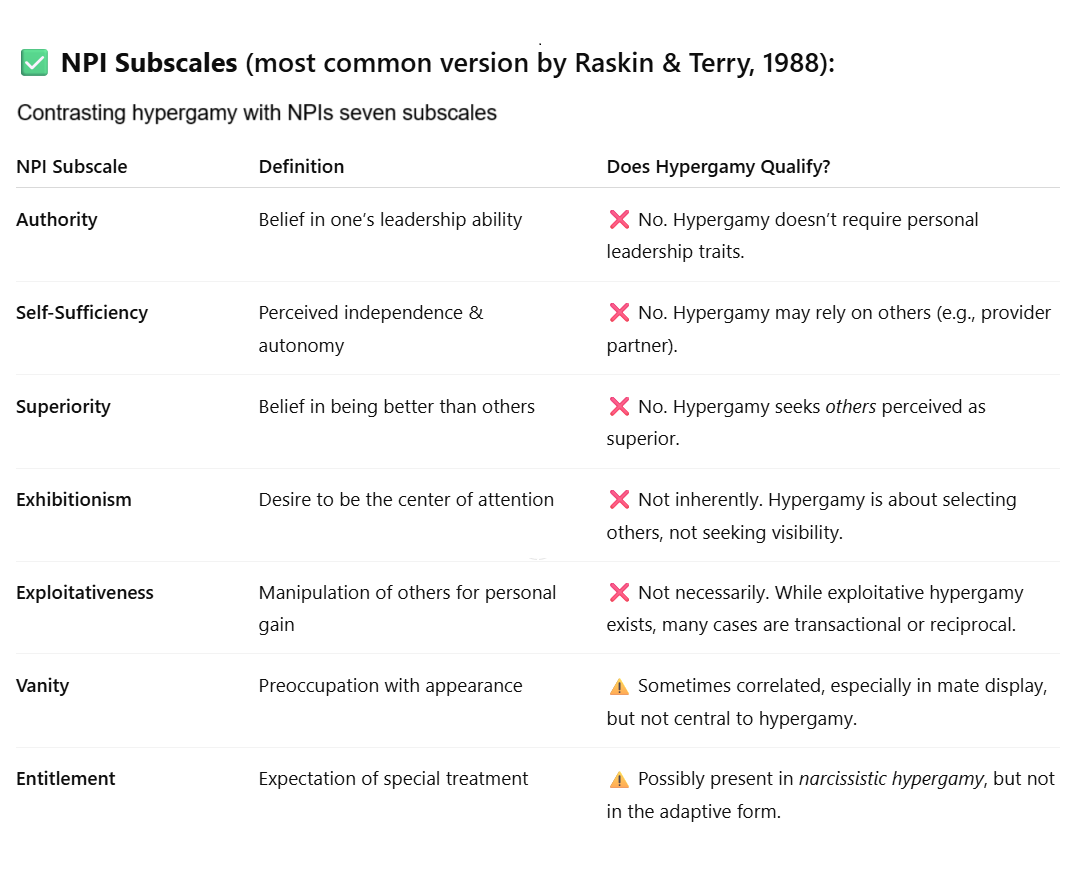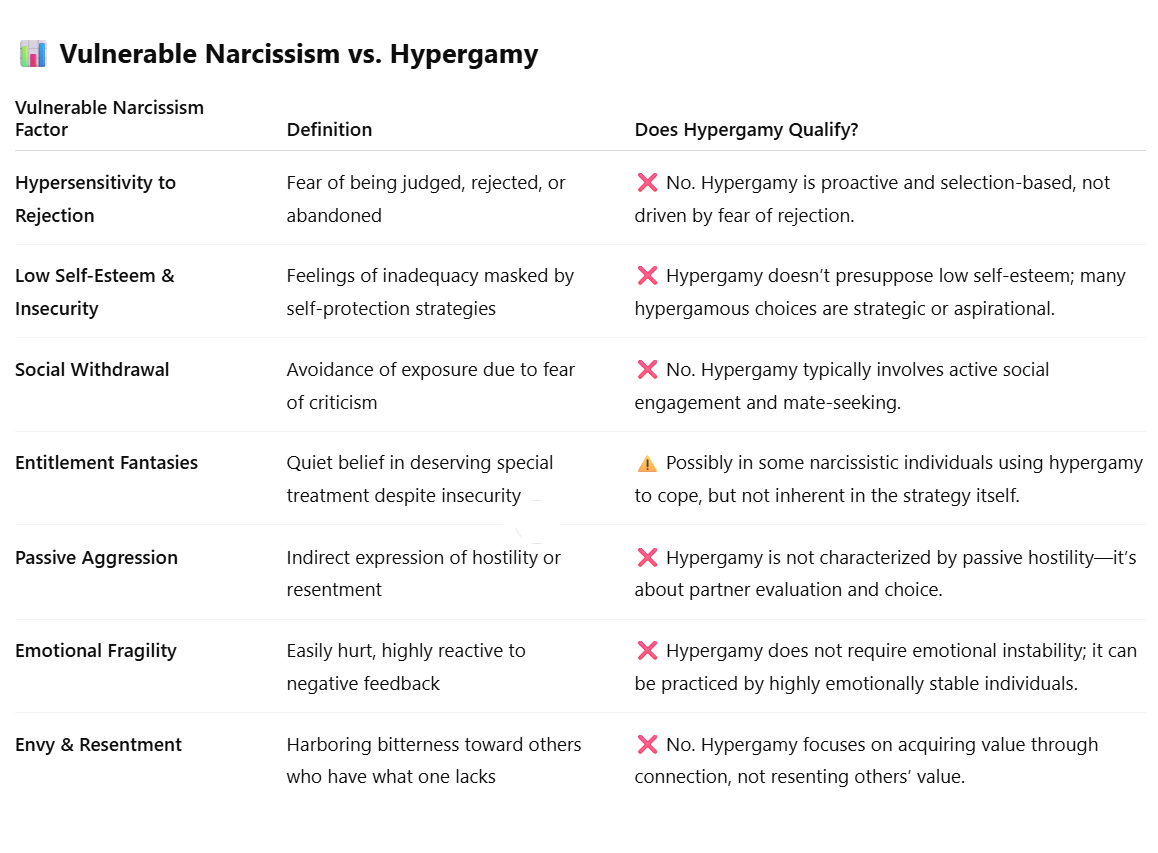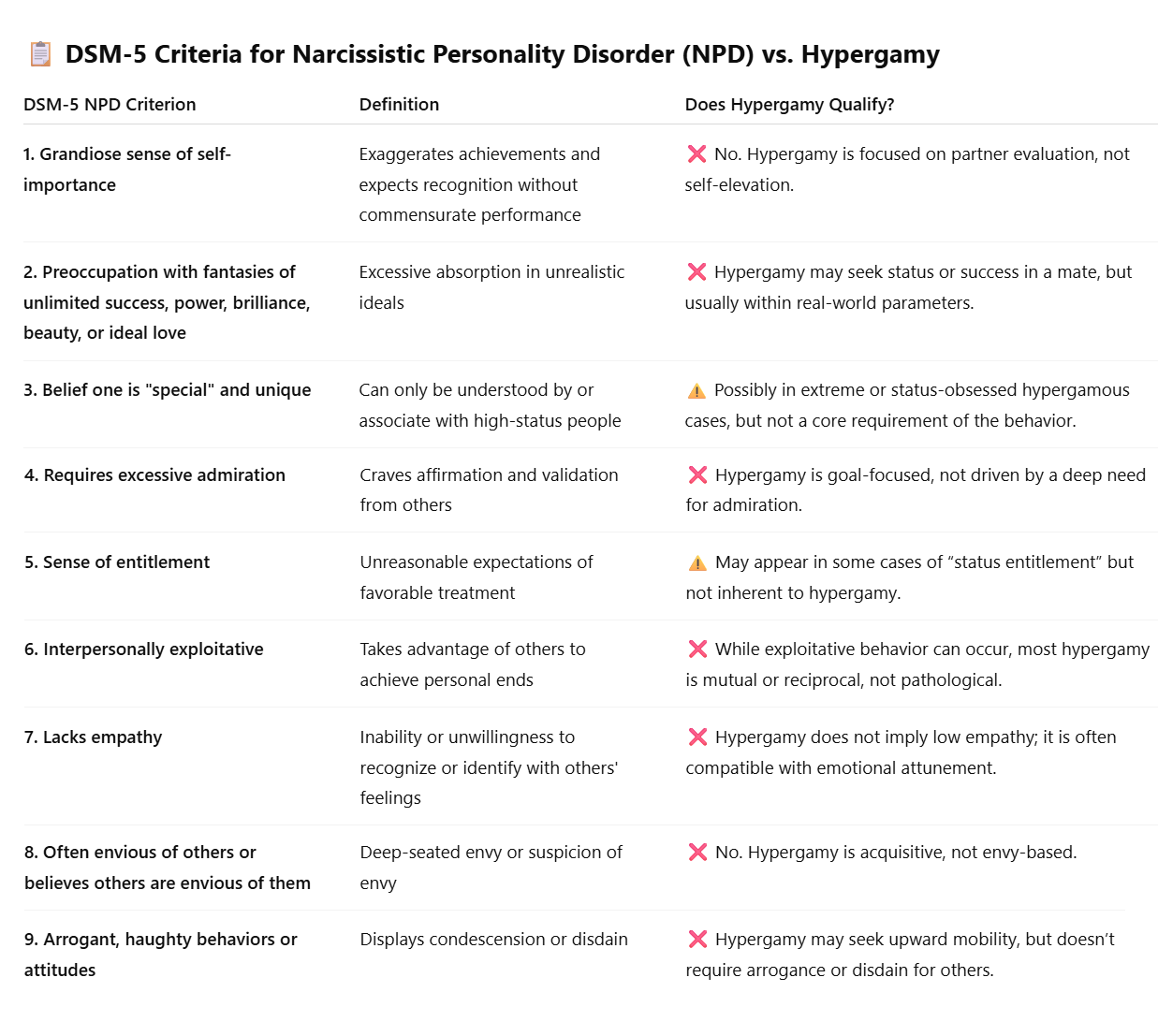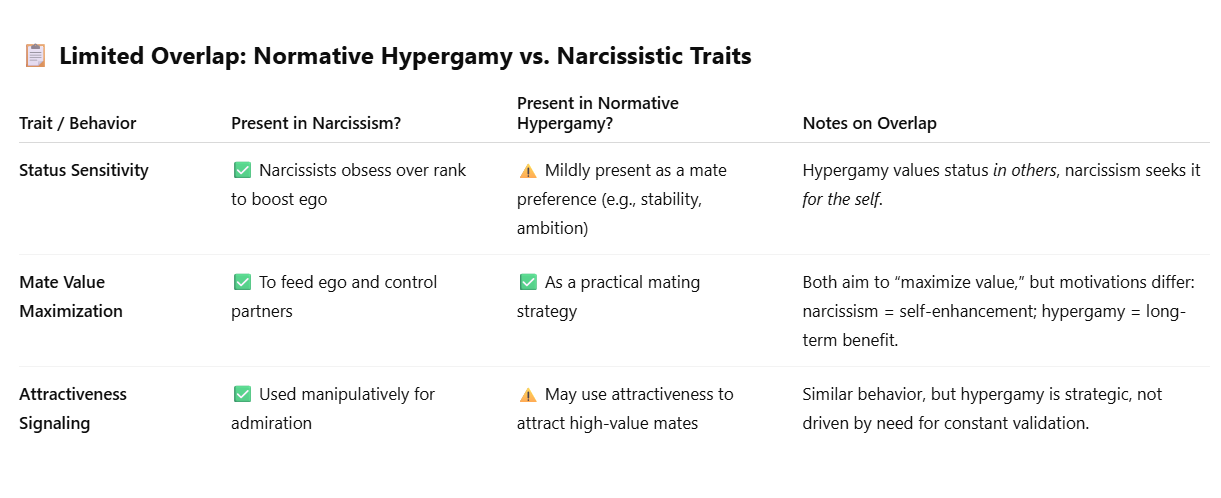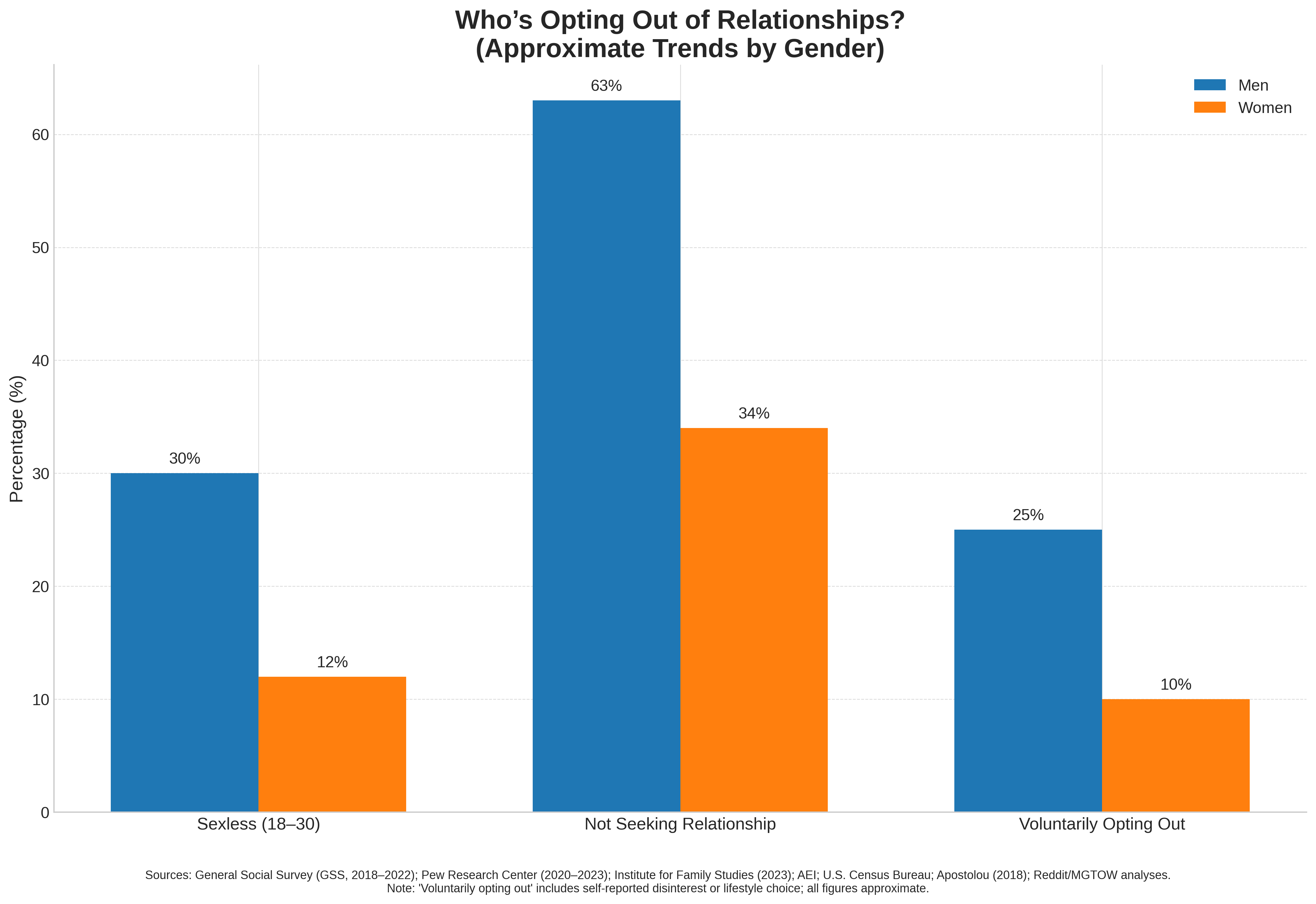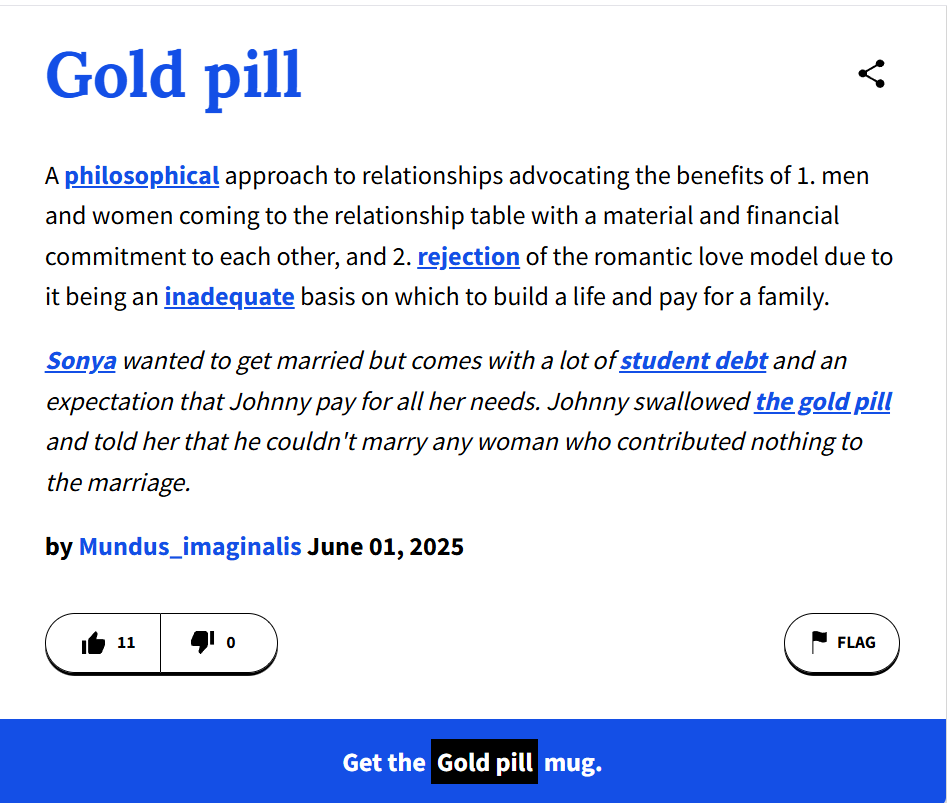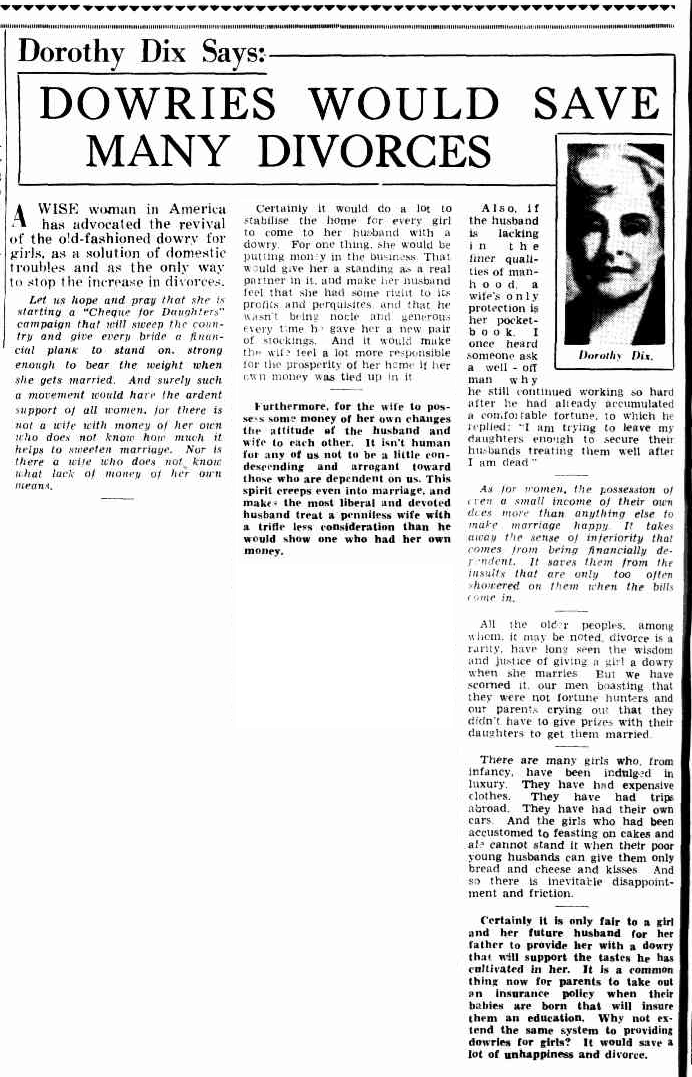By now many of you have seen the “Gold Pill” trending in the men’s issues sphere in social media. Naturally, wiki4men has the definition of the Gold Pill hot off the press:
The gold pill is a philosophy and practice defined by two motives:
1. Men expecting women to come to the relationship table with a material or economic commitment, and
2. Rejection of the unbalanced romantic model that favors passion over pragmatic concerns.
The Gold Pill is mentioned in a specific context within our sphere, namely, the history of marriage and relationship dynamics between men and women.
The dowry is highly referenced here, and the purpose of this is to remind those paying attention that historically speaking, the transactional element was very much intrinsic to marriage pairings. In other words, the pipedream touted by traditional gynocentrists today regarding male sacrifice and one-sided exaltation of the feminine was not the actuality of “traditional marriages” nor “traditional relationships”.
The historical existence of the dowry is case in point showing that women were expected to bring something to the table to help the arrangement start off in a stable way. To bring up the dowry today is as if holding a mirror to both traditional gynocentric women and the average feminism-inspired “independent woman” who comically imagines herself as “high-value”, and who claims that she is, in fact, the table.
Long story short, in their mind they don’t have to contribute a damn thing. We are told that they are financially independent and yet too economically underprivileged to be able to invest, simultaneously. Such is the paradox of the gynocentric world of women.
As such, the dowry can be utilized as a backdrop for getting through the idea that both sides actually contribute some material substance to the relationship, or to the marriage if that’s where things are. A far cry from being “superficial” and “materialistic” as those who parrot Romantic love ideology may decry this, such transactions are cornerstones to voluntary relations of any sort. Men asking, “What’s in it for me?” is not the inappropriate question that too many think it is.
As most of you know, when it comes to men’s issues I tend to highlight the case for men living according to his own terms and pursuing his visions in defiance of society’s expectations and demands (e.g. “You’re not a man if you don’t marry and have children and sacrifice all of your passions”). In other words, advocacy of MGTOW and Red Pill in its original, uncorrupted sense.
With this in mind I must confess that the history of marriage and its restrictive expectations has not been a serious interest in my case; with regards to that, I consider Paul Elam, Peter Wright, and the Gold Pill’s top proponent ThisIsShah to be the go-to sources on those. Hence, that is why I have been rather silent regarding the Gold Pill.
What’s more, what views I actively have on marriage, relationships, and sex itself can be accurately regarded as non-traditional in many cases, and I feared I didn’t have much to add to something that heavily references tradition in the way of the dowry, even if only as a historical backdrop and not a recommendation for its revival.
Then I got to thinking – we already have a paradigm for a relationship model that is both non-gynocentric and not exactly “traditional” either.
Remember the Modwife?
Let us recap. Wiki4Men defines the Modwife as follows:
A Modwife (noun), refers to women who have embraced multi-option lives over more traditional roles, and who accept or encourage multi-option lives for their male partners.
The article clarifies immediately that despite the use of the word “wife”, this can apply to non-legally-married relationships as well.
The following are the four relationship models for the reader to consider:
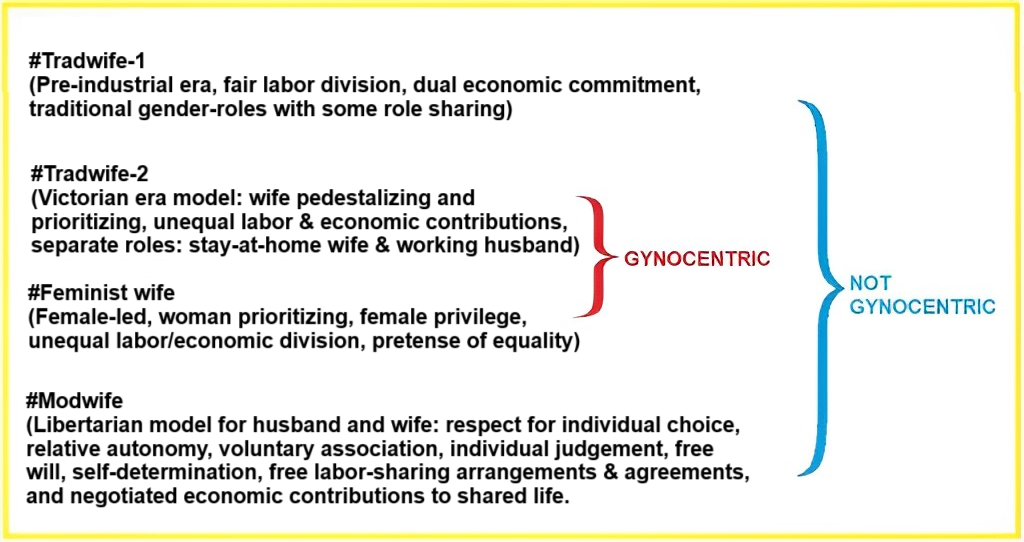
If you look at Tradwife-1, at this point we can easily associate phenomena such as the dowry as being slotted right into this arrangement. Through a Gold Pill lens, we can perhaps make some addendums: e.g. in addition to fair labor division, we can observe fair material contribution division; again the idea that both sides contribute something to the table. The contributions may not be identical in fact, but are fair in terms of the transaction.
Which is more that we can say for the gynocentric models in the middle. Observe – both insist that the woman “is the table.” Or if we wanted to take “pedestalize” literally, then the woman is the thing the man puts on top of the table in addition to all else he is expected to bring.

Finally, the Modwife model speaks for itself. It is tailor-made for our modern world; despite whines of tradcon influencers to “reject modernity”, not only can we not truly escape it as our society evolves technologically, but it behooves us to embrace it head on but with strong values.
Without being too tangential, if we don’t take ownership of modernity and let it reflect a manifestation of our better values, then it becomes left to the gynocentric, the entitlement-based, subjectivist, and the truly crazy.
Back to the Modwife. When we speak of the libertarian model for husband and wife, and everything else described in our model, what we are potentially looking at are a man and woman with their own agency, accountability, and not in the least their own means to bring something to the relationship. In our modern world, when we speak of a woman who brings something to the relationship, to the table if you will, it is a woman who is able to pull her own financial and material weight.
The often screeched bromides of the tradgyn are thus: a woman is inherently of value and a woman should not have to work. Despite their claim to be conservatives, note their opportunistic use of Marxist terminology as they deem that “wage slavery” is not what makes women happy – and should be left to men whom all that drudgery befits.
This is opposite of the Modwife model, in which the woman knows of herself as someone who has to work to live for their own standard of living just as the man does for his. Contributions are unironically a self-interest based framework because the man doesn’t devote his money “for her” per se, but for the relationship, and the family that would ensue if done right. As such, so shall a womans contributions be likewise.
What’s more, the Modwife paradigm would shatter tradgyns’ expectations of men as “wage slave” because in a one-sided gynocentric model, men’s work may turn to drudgery to fulfill the unrealistic expectation of their arrangement. The Modwife model hypothetically eases the burden on the man as the work contributions are fairly delineated via “making a proposal,” a phrase which traditionally referred to material negotiations from husband and wife over contributions to a shared life, only in this case the negotiating is done in a more libertarian spirit instead of following a fixed set of traditional customs.
As a matter of fact, the prior gynocentric bromides are also the opposite of the Tradwife-1 model. One just wants to shout at the tradcons dreaming their silly dreams about the housewife that doesn’t work – “Women worked back then too you blithering, blue-pilled simpish dolts!!” Women also worked in the trades, certainly they worked if they were part of an agrarian society, and in any case, the notion of the all-too-frail-and-precious, automatically-holy, automatically-superior, “fairer sex” is a myth to be discarded never too soon.
Gold Pill is for the Modern World
There is a saying I have seen in the Gold Pill discussion that I paraphrase as: “Whereas the Red Pill was a short-term and possibly imperfect solution, the Gold Pill is the long-term alternative for our modern world”. While I don’t necessarily agree that the Red Pill is short-term or imperfect, I agree with the implication that the Gold Pill has come into being for men (and women) to use as a new framework, and an alternative to the gynocentric idiocy of Romantic love. Moreover, we can see that mainstream “Red Pill” discourse tends to specialize in short term dating strategies, whereas the Gold Pill speaks more intelligently as a strategy for long-term relationships.
What makes a modern man, or a modern woman for that matter? One that exists in the now, where we live. Simple as that. Again, it’s folly to escape it; one must tackle it head on. In order for such men and women to do this, the right framework is necessary; what is the way for the modern man and woman to live their most accountable lives and have a rational, viable, and non-parasitic relationship and method to raise a family? That is the question that has to be asked and I think the Gold Pill is a very good distillation of that reality.
I bring this up because I wonder if some cannot see past the traditional historical backdrop of the dowry. I almost didn’t. Again however, I support the discussion because it is meant as an eye-opener to the idea that it is perfectly natural, and quite right, that both sides actually contribute something real and non-fantastical to the relationship.
The traditional dowry was a product of its time in which society perhaps didn’t resemble the relative freedoms and technological lucrativeness we do now, but then it seemed to have served to bring that material accountability to marriages. We can wholeheartedly derive example from this, even if what we ultimately end up with won’t necessarily resemble closely what the dowry did.
In finding a successor while “taking the Gold Pill”, might I suggest looking into the Modwife model! Think about it – investment in relationships no longer being one-sided like it’s been for too long. Actual accountability and agency across the board.

